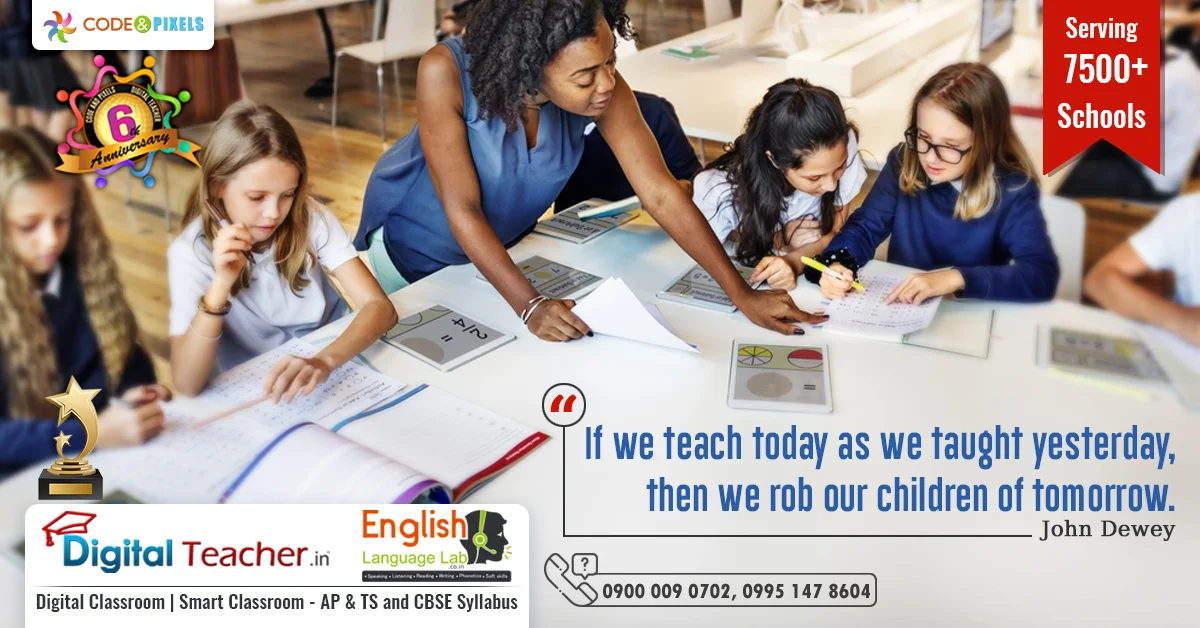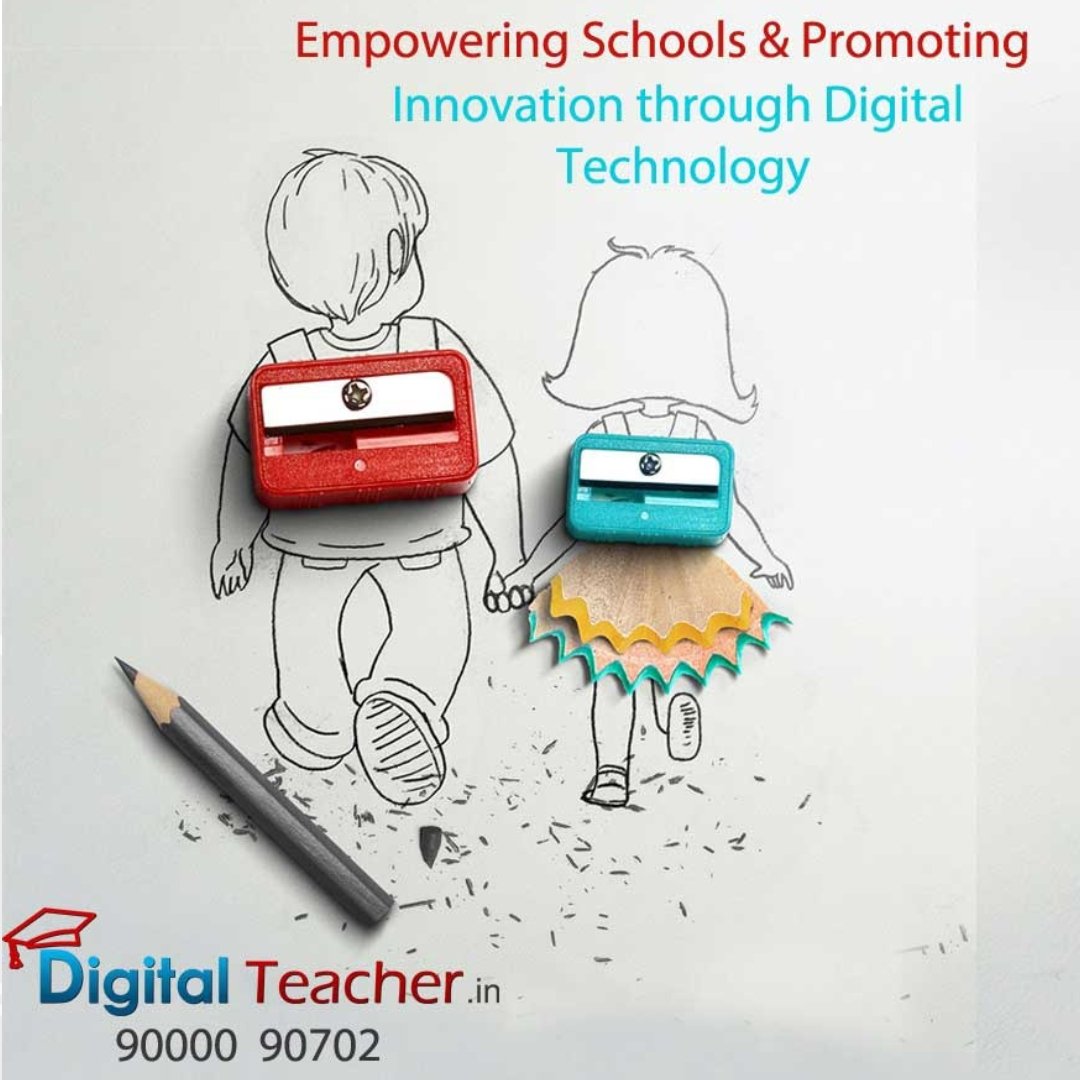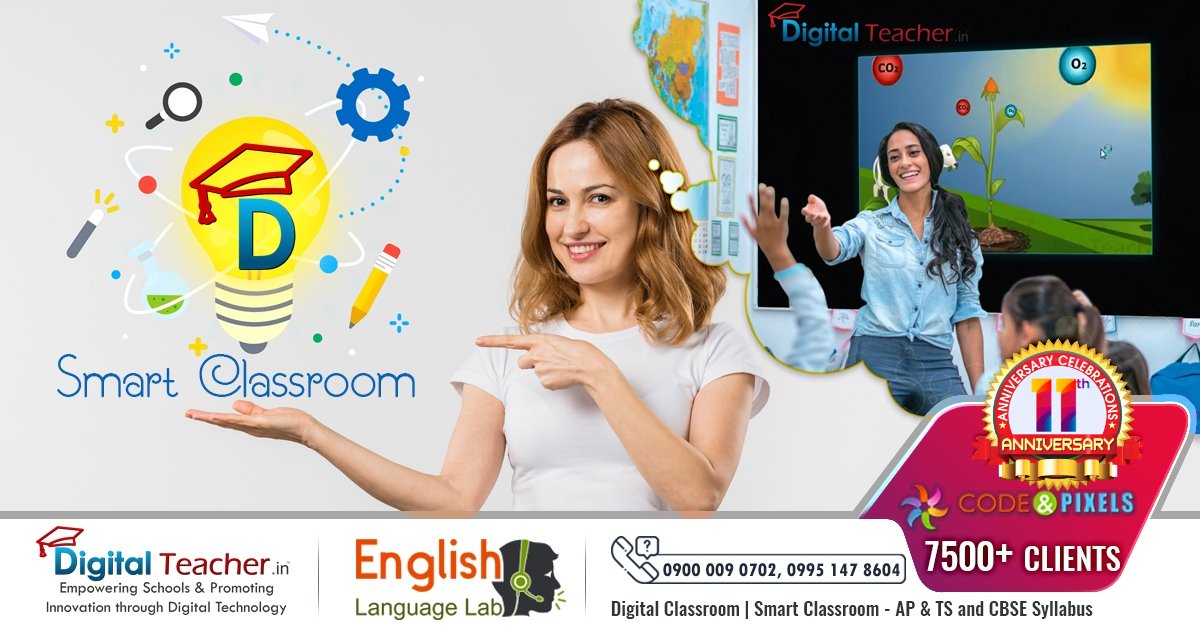
Key Benefits of Smart Classroom in Schools
Smart classroom transform learning into an exciting adventure with dynamic lessons, engaging quizzes, and real-life simulations. Replacing traditional teaching methods, they create a more immersive and interactive experience. Schools adopting these digital solutions see improved student participation, retention, and performance.
Why Smart Classrooms Are the Future of Education
Those were the days of chalkboards and textbooks for school. Today, embrace the age of the digital smart classroom—a learning revolution that is transforming the way students learn and teachers teach.
With the rise of smart classroom technology, schools are moving toward interactive digital content, gamified learning, and real-time analytics. From smart classroom for schools in cities like Hyderabad to institutions across the country, smart class education is becoming the new standard.
Let’s talk about the most significant benefits of using smart classroom solutions and discover how they help shape the future of learning.
1. Makes Learning More FUN and Engaging With Smart Classroom
Lectures in the conventional sense are boring, but smart class arrangements turn things around. With computer simulations, tests, and lively clips, smart classroom technology turns learning into a fun-filled experience.
- Complex ideas become easy via visual storytelling.
- Students are engaged and interested in subjects that previously proved challenging for them.
And that is where the role of digital content comes in—it transforms abstract into tangible and classes into ones not so easily forgotten.
” When students enjoy learning, they retain more and stay motivated! “

2. Personalized Learning at Every Student’s Pace
In a conventional arrangement, all students are supposed to learn at the same pace. But in an intelligent classroom, that is no longer the norm.
- It allows students to pause, rewind, or replay lessons at any time.
- Recorded lessons provide the opportunity for revision prior to examinations.
- It facilitates self-paced learning, enabling slow learners to catch up.
This aspect of smart class education guarantees no child is left behind.
” Bonus: Lessons can be easily recorded for later revision by students before exams! “
3. Real-Time Monitoring of Progress for Improved Outcomes with Smart Classroom
Thanks to computer intelligence tools, smart classroom technologies enable educators to monitor each student’s learning progress in real time.
- Identify early learning gaps.
- Offer individualized feedback to students.
- Develop personalized learning pathways based on performance.
Teachers can move away from a one-size-fits-all approach and make learning truly personalized with digital smart classroom tools.
” Imagine going on a virtual tour in ancient Egypt while in your classroom! “
4. Complex Concepts Become Clear with Visual Learning with Smart Classroom
Difficulty with difficult math equations or experiments in science? Smart classrooms solve this problem using:
- 3D animations
- Virtual science labs
- Real-life simulations
Whether it’s exploring the solar system or understanding historical events, smart class education helps bring lessons to life.
” Less paper wastage saves more trees! “
5 . Say Goodbye to Heavy School Bags and Paper Waste
Students don’t need to lug around heavy books daily. With digital content:
- Notes are saved in the cloud.
- Textbooks are e-books.
- Assignments are done online.
This encourages green learning by minimizing paper wastage—a goal every school should strive towards.
” Future-ready students start here! “
6. Nurture imagination & collaboration
The modern world is technologically dominated, and schools have no option but to train children appropriately. A smart classroom in digital form empowers learners in:
- Effective use of digital platforms
- Effective online research
- Peer collaboration virtually
From learning the basics of coding to virtual interactions, smart classroom for schools future-proofs students and makes them technology-savvy.
” Students learn not only to memorize facts but also how to solve real-life problems. “

7. Promotes Imagination, Innovation, and Collaboration
A smart class isn’t all about viewing videos—it’s active learning.
- Students work on group projects using digital whiteboards.
- Innovative apps allow for digital storytelling and brainstorming.
- Smartboards allow live interaction.
This encourages innovation and sharing, thus smart class education becomes more meaningful and memorable.
The Future is Intelligent Education with Smart Classroom
Education should be interactive, inclusive, and prepared for the future. That’s what smart classrooms bring exactly. Schools that are now using digital learning tools are giving students the ability, knowledge, and confidence to succeed in today’s fast-moving world.
Is Your School Ready to Go SMART?
Upgrade your classrooms with Digital Teacher’s Smart Classroom Solutions to bring a next-level learning experience for your students!
Frequently Asked Questions
1.What is the Concept of a Smart School?
A smart school uses digital tools to create engaging, interactive, and efficient learning environments. With Digital Teacher Smart Classroom Solutions, schools offer syllabus-based animated content, real-time assessments, and self-paced learning, empowering teachers and students while preparing learners for a technology-driven, future-ready education system.
2.What is a smart classroom?
A smart classroom is a learning and teaching environment that is technologically equipped to advance learning and instruction. It integrates interactive digital material, gamified learning, and real-time analytics to offer an impactful and stimulating learning environment.
3.In what ways do smart classrooms enhance learning engagement?
Smart classrooms use multimedia technology such as computer simulations, videos, and interactive presentations to enhance learning engagement. This process transforms complex concepts into understandable and memorable experiences that engage students and encourage them.
4.How do smart classrooms make complex concepts easier to understand?
Smart classrooms employ various tools such as 3D animations, virtual science lab simulations, and simulations of real-world situations to allow students to better understand complex subjects. Concrete evidence is provided to make abstract ideas more concrete and comprehensible.
5.How do smart classrooms prepare the students for the future based on technology?
Smart classrooms prepare students for the future by making them equipped with the digital competencies such as research online, effective use of digital space, and online collaboration. This makes them become a part of future academic and working life in a technology-saturated world.
6.Do smart classrooms accommodate different learning speeds?
Yes, one of the primary advantages of smart classrooms is that they can be able to offer individualized learning. The children are allowed to rewind, repeat, or pause lessons, which allows them to learn at their own pace and does not leave any child behind.


